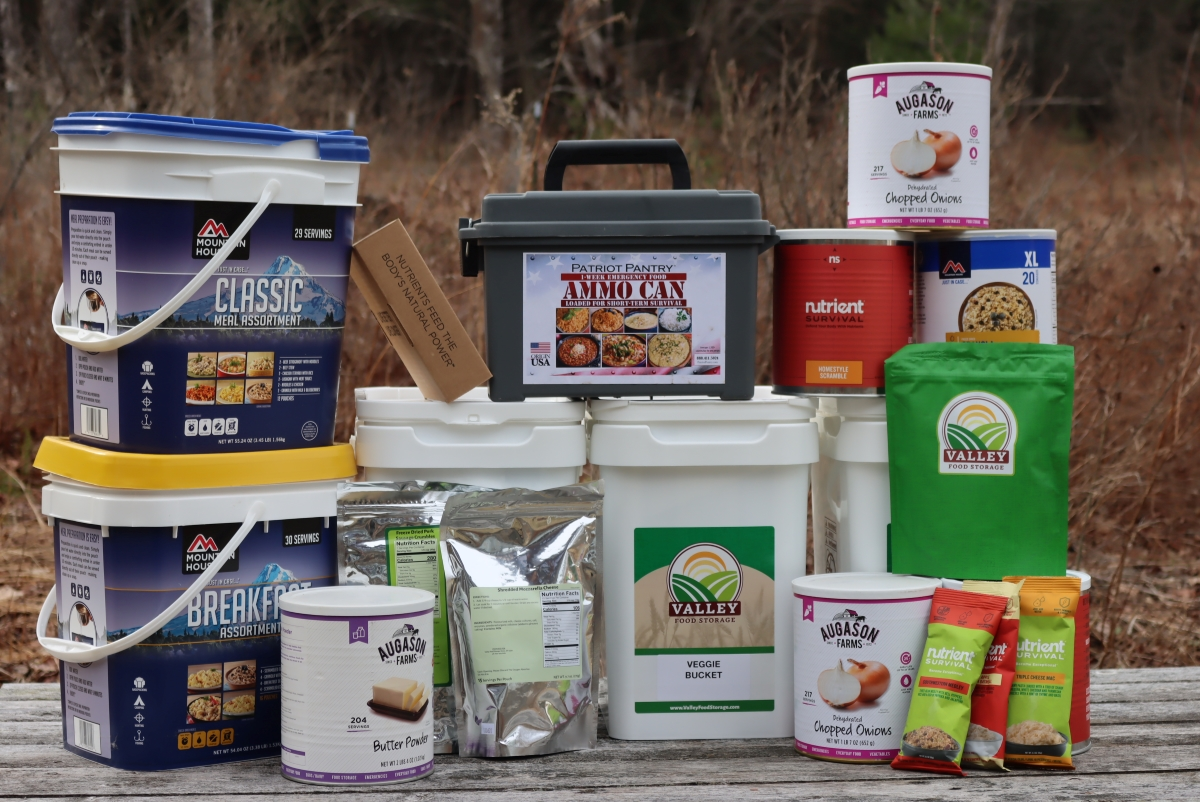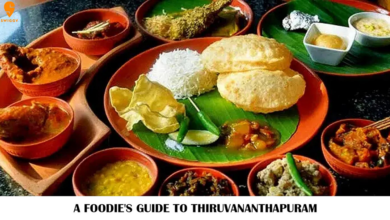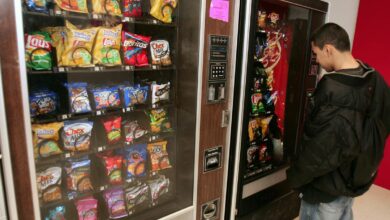
In times of emergency, access to food remains a critical issue. While we can always rely on help from organizations or government agencies, having emergency food supplies provides an added layer of protection and security. The general rule of thumb is to stash at least three days worth of non-perishable food per person. However, it’s important to ensure that the food in our emergency stockpile is not only safe to consume but also packed with essential nutrients. In this blog post, we will discuss various ways to optimize the nutrition in emergency food supplies and make sure that we are adequately nourished during times of crises.
Choose nutrient-dense foods – The foods we select for our emergency supply should be high in essential nutrients, vitamins, and minerals. Instead of hoarding junk food and snack items, go for nutrient-dense options like canned fish, beans, dried fruits, nuts, and seeds. These foods have a long shelf life, are easy to store, and are rich in protein, fiber, healthy fats, and antioxidants that help keep us healthy and energized.
Check food expiration dates – Most non-perishable foods have a long shelf life, but they still have an expiration date. Check the date before storing the food, and rotate the items frequently so that they are always within the expiry date. Consuming expired food can be risky and can cause adverse health effects, so make sure to pay attention to this detail.
Consider dietary restrictions – In times of emergency, people with specific dietary restrictions should keep extra care when selecting food supplies. For instance, people with celiac disease should avoid gluten-containing items, and individuals who are lactose intolerant should look for dairy-free alternatives. Consider packing a few specialty food items if someone in your family has a food allergy or intolerance.
Include multivitamins and supplements – Even with careful planning, it is tough to get all the essential nutrients from the food we store in an emergency. Including a multivitamin supplement can ensure that we get our daily doses of vitamins and minerals. You can also add supplements like Vitamin D, Calcium, Iron, or Zinc, which are critical for maintaining good health and immune function.
Store food supplies in a dry and cool place – The storage conditions of our food supplies play a crucial role in their longevity and quality. Store food in a cool, dry, and dark place, with a temperature range of 50°F to 70°F, and away from direct sunlight, moisture, and pests. Avoid storing food in garages, attics, or basements, as they tend to be less climate-controlled and prone to temperature fluctuations.
During emergencies and natural calamities, having an ample stock of food supplies is essential to survive. The coronavirus pandemic has shown the importance of emergency preparedness, especially when it comes to food. However, having food is not enough. It is crucial to have food that provides enough nutrition for the body to function properly in a time of crisis. In this blog, we will discuss how to optimize the nutrition in emergency food supplies.
Prioritize non-perishable and lightweight food
In selecting the emergency food supplies, it is essential to choose non-perishable food. Non-perishable food has a longer shelf life, making them ideal for an emergency. Some examples of non-perishable food are canned goods, dried fruits, and nuts, powdered milk, and cereal bars. These food items are also lightweight, which makes them easy to transport.
Mind the calorie count
During an emergency, the body’s energy expenditure increases. The limited food supply may not provide the body with enough energy, which could lead to malnutrition. Calorie-dense food like peanut butter, trail mix, and granola bars provide a lot of energy with a small portion. When choosing calorie-dense food items, it is essential to check the sugar content. High sugar content may provide a quick energy boost but may cause a sugar crash later on.
Choose nutrient-dense food
In choosing emergency food, it is crucial to select food items that provide the necessary nutrients to keep the body healthy. Canned fruits and vegetables are great sources of vitamins, minerals, and fiber. Dried beans, lentils, and chickpeas are excellent sources of protein, fiber, and carbohydrates. Whole grain cereals and crackers are good sources of carbohydrates and fiber. Including vitamin and mineral supplements to the emergency food supply could also help meet the body’s daily nutrient requirements.
Include comfort food
During emergencies, stress and anxiety levels increase. Including comfort food to the emergency food supply could help boost morale and ease anxiety. Comfort food items like chocolate, cookies, and candy could help provide comfort and a sense of normalcy. However, these comfort food items should not replace nutritious food, as excessive sugar intake may cause a sugar crash.
Store the emergency food supply properly
Storing emergency food properly could extend its shelf life and ensure that the supply is safe to consume. Keep the food supply in a cool, dry place away from direct sunlight. Store canned goods in a dry place and check for dents and bulges before consuming. Rotate food items regularly and consume food items that are nearing their expiration date first.
Conclusion:
In emergencies, access to food is critical, and having nutrient-dense, long-lasting food supplies is essential. By selecting the right foods, checking expiry dates, considering dietary restrictions, including multivitamins, and storing food supplies properly, we can ensure that our bodies get the vital nutrients they need to maintain good health and function during times of hardship. Let’s take care of our nutrition needs, even in times of crises, and be prepared to deal with whatever comes our way.
An emergency food supply is crucial to surviving during a crisis. However, having a food supply that only fills the stomach is not enough. We need food that provides enough nutrients for the body to function properly. Prioritizing non-perishable and lightweight food, minding the calorie count, choosing nutrient-dense food, including comfort food, and storing the emergency food supply properly could help optimize the nutrition in emergency food supplies. Remember, when preparing emergency food supplies, always consider the nutritional value of the food items.












